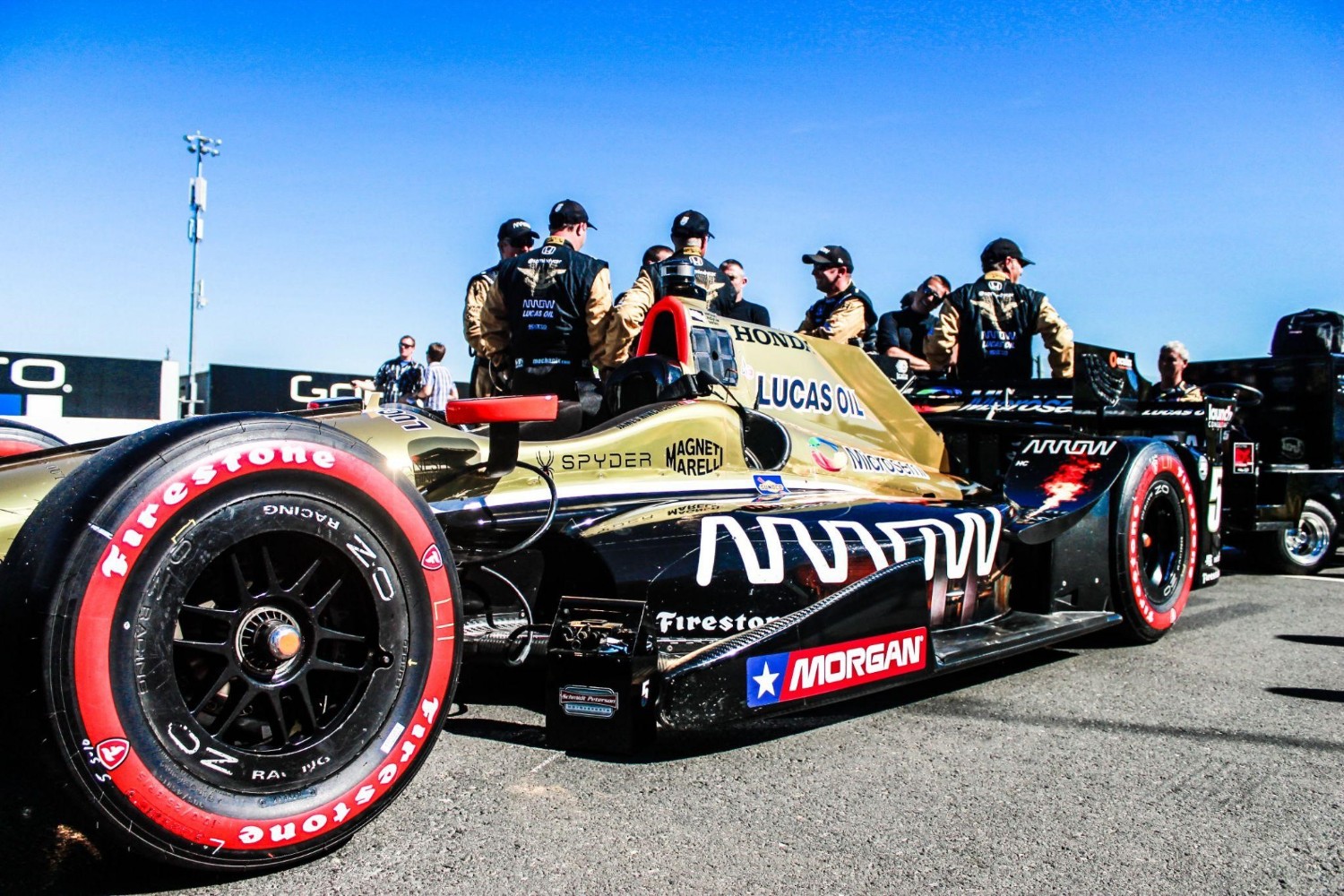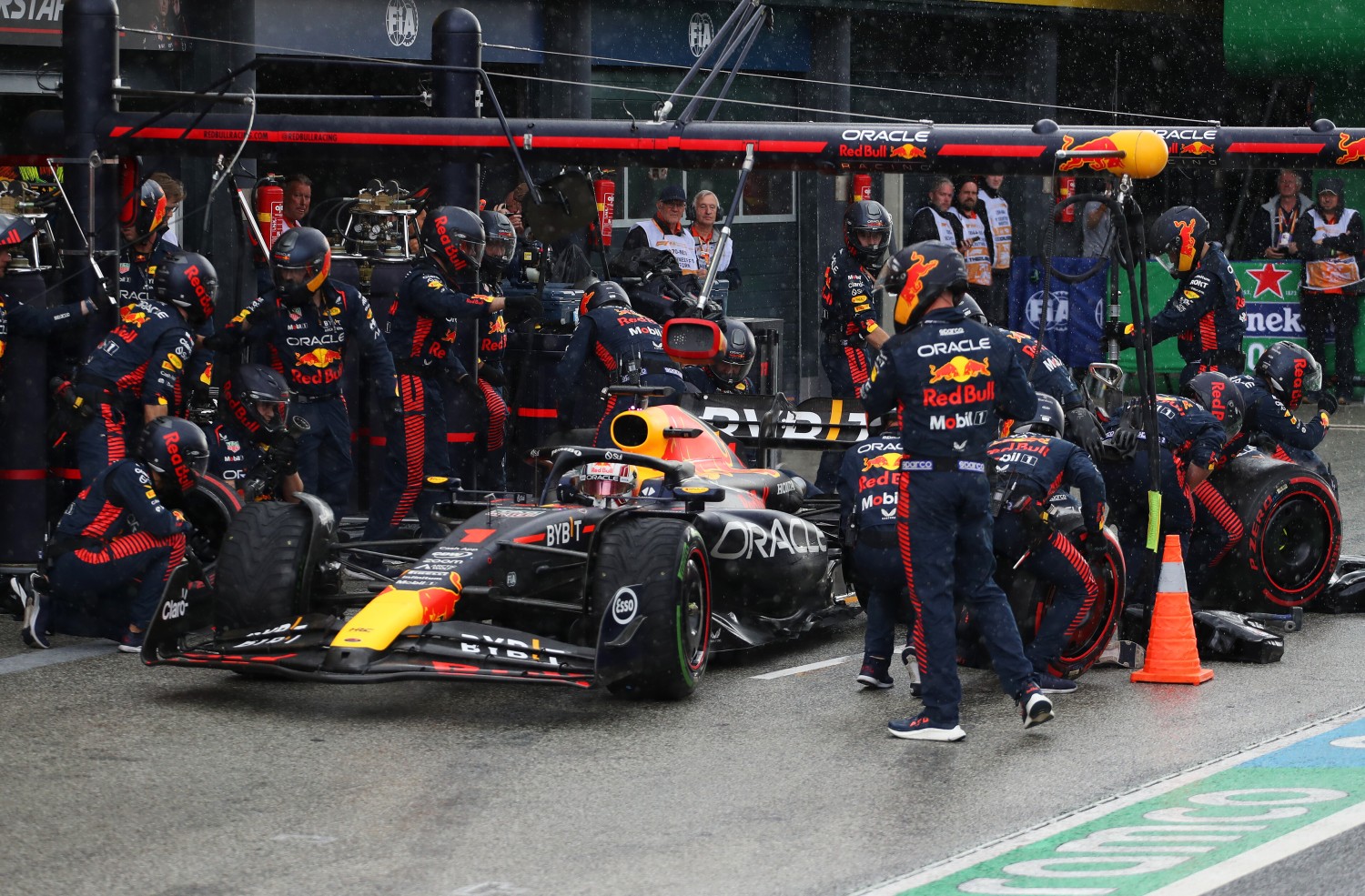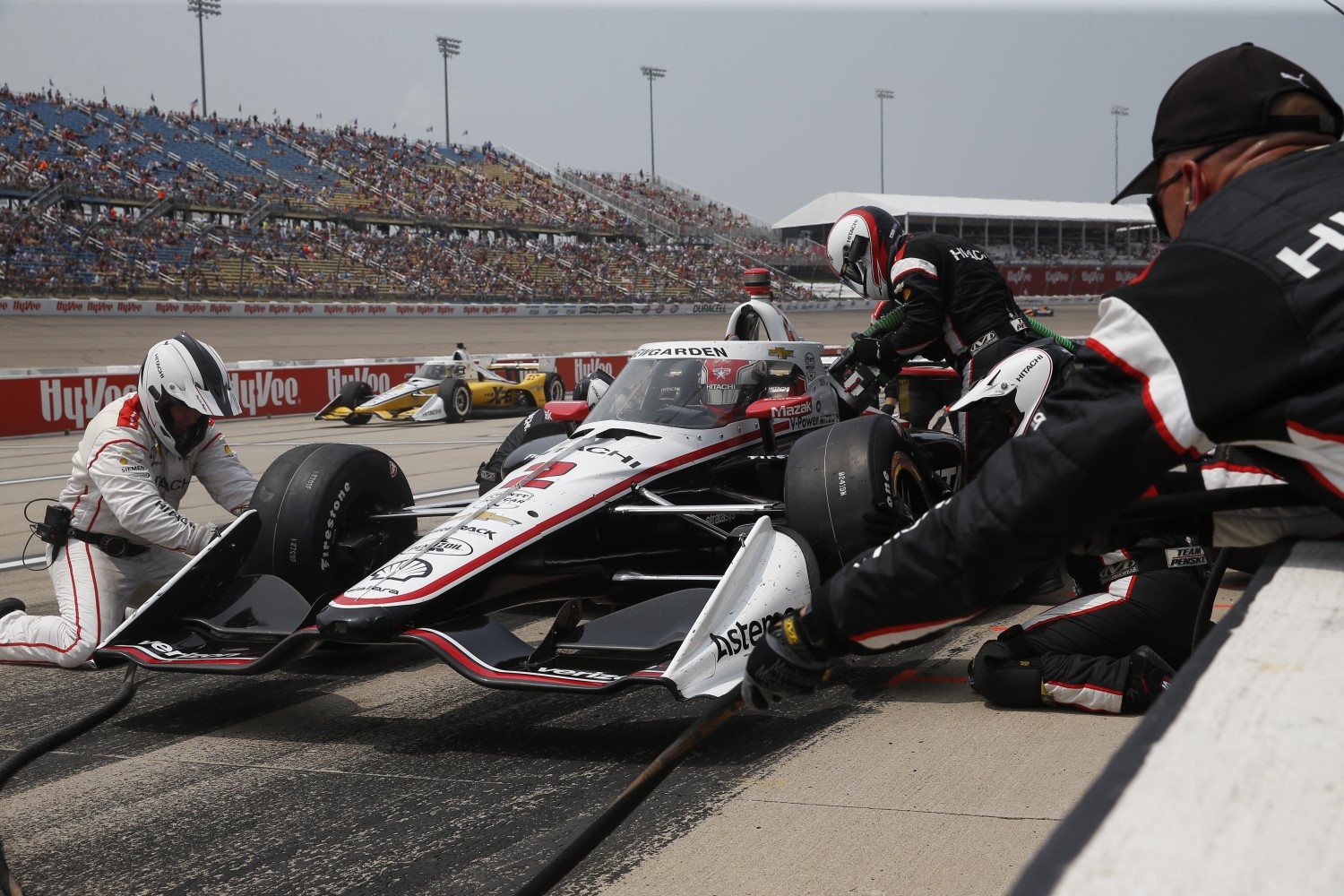Customization & Tuning: Tailoring Car Performance to Win
The art of tailoring a car’s setup is an unsung hero’s work, shaping the very essence of auto racing and the success of any driver.
As engines roar and tires screech, adapting the car’s capabilities to the nuances of each racing circuit emerges as a pivotal strategy.

Imagine a scenario where a racing team competes on a high-speed circuit with long straights and sweeping curves, only to find themselves on a technical track with tight hairpin bends in the next race. How do they manage to extract peak performance from their vehicles on such diverse tracks? In this article, we’ll uncover the science behind circuit-specific tuning and explore how performance car parts can impact racing results.
The Significance of Circuit-Specific Tuning
Considering that every fraction of a second counts in motorsport, the significance of circuit-specific tuning cannot be overstated. Racing tracks vary widely in their layouts, elevations, and challenges, demanding a tailored approach to car setup.
A track characterized by long straights and high-speed corners necessitates a different configuration than one riddled with tight hairpin turns.
The ability to adapt a racing car to the specific demands of each circuit can be the decisive factor in securing victory. From maximizing top speeds to optimizing cornering performance, circuit-specific tuning serves as the bridge between a generic racing machine and a finely tuned instrument designed for victory.
Vital Performance Aspects in customization
At the heart of circuit-specific tuning lies the customization of critical performance aspects. Each of these facets presents an opportunity to extract the utmost potential from a racing car:
- Aerodynamics: The art of managing airflow around the vehicle can significantly impact its stability and handling. Adjustments to downforce and drag can spell the difference between hugging the track in tight turns and attaining blistering straight-line speeds.
- Suspension setup: The suspension system plays a pivotal role in how a car interacts with the track surface. Tailoring suspension stiffness, damping, and ride height can optimize grip, responsiveness, and overall handling characteristics.
- Gear ratios: The choice of gear ratios influences a car’s acceleration and top speed. Gear selection must strike a delicate balance between swift acceleration out of corners and the ability to reach higher speeds on long straights.
- Brake bias: Precise control over the braking balance between the front and rear wheels is crucial for maintaining stability during deceleration and corner entry. Customizing brake bias ensures optimal stopping power while navigating diverse track layouts.
The synergy between these performance aspects and their customized configurations holds the key to unlocking a racing car’s full potential on any given circuit.
Tailored Excellence on Diverse Tracks
Examining real-world instances of circuit-specific customization provides a deeper understanding of its impact on racing success. Let’s explore how teams adapt their performance car parts to conquer the challenges presented by a variety of racing tracks.
High-Speed Showdowns
At tracks known for their extensive straightaways and sweeping curves, such as Monza in Italy, customization revolves around achieving optimal aerodynamics. Teams reduce drag by adjusting wing angles and refining bodywork to maximize top speeds while still maintaining enough downforce for cornering stability.
Technical Tightrope
Circuits, like the streets of Monaco, present an entirely different battleground. The emphasis shifts to agility and precise handling. Suspensions are tuned to cope with tight turns, uneven surfaces, and elevation changes, enabling drivers to navigate the maze of streets with finesse.
Mixed Circuits
Tracks like Silverstone, with a mix of high-speed stretches and technical sections, demand a harmonious balance. Teams must find the sweet spot between aerodynamic efficiency and responsive suspension setups. Gear ratios are calibrated to capitalize on both acceleration and high-speed potential.
Adaptability on Hybrid Circuits
Hybrid layouts, exemplified by tracks like Suzuka in Japan, require multifaceted customization. Engineers configure cars to excel on both high-speed straights and demanding twists, underscoring the importance of a versatile setup that can traverse varying track segments.
Technological Advancements in Circuit-Specific Tuning
Innovation is the driving force behind the evolution of circuit-specific tuning. The introduction of new technology continues to push the boundaries of what’s achievable in customization.
A Data-Driven Approach
Today, racing teams can easily gather and analyze a wealth of data from practice sessions, simulations, and previous races. Telemetry data provides insights into a car’s behavior on the track, helping engineers pinpoint areas for improvement.
Simulations enable teams to virtually test various setups and configurations, allowing for informed decisions before even hitting the asphalt. This data-driven approach empowers teams to fine-tune car parts with unparalleled precision, transforming raw data into a competitive edge.
Real-Time Adjustments
Engineers and designers collaborate to create tools that facilitate rapid adjustment on the spot. Dynamic aero components, for instance, allow drivers to modify downforce levels on the fly, adapting to changing track conditions.
Adjustable suspension systems enable optimal setup during pit stops, minimizing downtime and maximizing performance. These innovations not only enhance a car’s adaptability but also underscore the symbiotic relationship between technology and winning in modern motorsports.

The Role of Driver Feedback
In the intricate process of customizing a car’s performance for racing circuits, the driver’s experience and intuition take center stage. The symbiotic relationship between drivers and engineers forms a cornerstone of successful circuit-specific tuning. Drivers possess an intimate understanding of a car’s behavior on the track, translating nuanced sensations into actionable feedback. This knowledge serves as a compass guiding engineers in making precise adjustments to performance aspects.
Drivers can offer insights into how the car responds to different setups, helping engineers strike the ideal balance between aggression and stability. Their observations on braking, cornering, acceleration, and overall handling provide invaluable guidance for tailoring components to the unique challenges of each circuit.
Future Trends in Circuit-Specific Customization
As the motorsports landscape continues to evolve, so too does the art of circuit-specific customization. One notable trajectory involves the integration of artificial intelligence and machine learning algorithms that could autonomously analyze vast amounts of data, suggesting optimal setups and configurations for diverse tracks. Furthermore, real-time predictive analytics might provide teams with actionable insights during races, revolutionizing strategic decision-making on the fly.
Whatever challenges and shifts racing encounters, the enduring legacy of circuit-specific tuning will echo as a constant reminder that each racing car is more than a mere machine—it encapsulates a seamless fusion of innovation, adaptability, and an unwavering quest for excellence.
